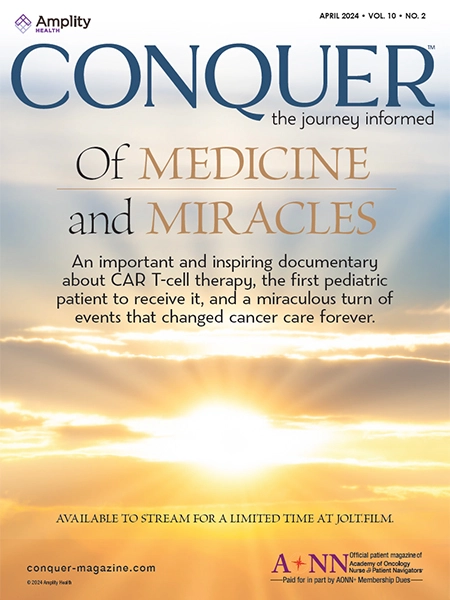Helpful Definitions
Access to care
Activities of Daily Living
Adjuvant Therapy
Administrator
Advance Directive
Antiemetic
Barriers to care
Benign tumor
Cachexia
Cancer registry
Cancer screening
Case manager
Chemotherapy
CINV
Clinical trial
Cognitive support
Commission on Cancer
Community Health Worker
Community outreach
Comorbidities
Continuity of care
Coordination of care
Cost of cancer care
Diagnosis
Diagnostic testing
Dietitian Nutritionist
Distress
Do not resuscitate (DNR) order
Duration of therapy
End-of-life care
Financial counselor
First-line therapy
Foundation assistance
Front-line (or first-line) therapy
Genetic counseling
Group education
Holistic Medicine
Homebound
Hospice care
Induction Therapy
Infusion center
Infusion therapy
Inpatient
Medication adherence
Metastatic cancer
Multidisciplinary treatment team
Navigation process
Neoadjuvant Therapy
NSAIDs
Nurse navigator
Nutrition
Occult Primary Tumor
Oral therapy
An oral therapy is a medication that is administered by mouth. Oral therapies have many advantages for patients, such as the convenience to take medications at home and avoiding the discomfort of IV therapies.
However, it is important that the patient’s maintain adherence to the recommended treatment schedule, taking the medication as prescribed without missing a dose.
Outpatient
Palliative Care
Patient education
Patient journey
Patient or non-clinically licensed navigator
An individual who does not have or use clinical training to provide individualized assistance to patients and families affected by cancer to improve access to health care services. A patient navigator may work within the health care system at point of screening, diagnosis, treatment or survivorship or across the cancer care spectrum or outside the health care system at a community based organization or as a freelance patient navigator. The patient navigator, unlike a "lay" navigator is a paid professional and serves as a broker between the patient and the health care system.
The patient navigator is a primary point of contact for the patient and works with other members of the care team to coordinate care for the patient. This critical person on the multidisciplinary team provides important perspective on logistical, structural and social needs of the patient as well as cultural considerations, patient values and care preferences. In general, a patient navigator provides assistance with identifying challenges to cancer care, identifying potential solutions with patients and families, identifying financial assistance to address patient needs, helping patients identify priority questions about their care, helping patients use time effectively with clinical providers and working with social work and nurse navigator colleagues to provide psychosocial and community support. A social worker or nurse may perform the role of a patient navigator, but in this instance they should discuss their scope of practice with their supervisor to ensure they perform duties within their hired role as opposed to within their clinical training.
Pre-habilitation
Psychosocial distress screening
Quality of Life
Rehabilitation
Relapse
Remission
Side effect management
Social/economic disparities in cancer
Stage I, II, III, IV cancers
Supportive care
Survivorship
Survivorship care plan
Tertiary care
Transitions of care
Transportation issues
Treatment regimen
Triage
Tumor board
Tumor type
Unresectable
Value-based care
Thank You to Our Corporate Sponsors and Alliance Partners!
-

Major Corporate Sponsor
-

Patron Corporate Sponsor
-

Patron Corporate Sponsor
-

Patron Corporate Sponsor
-

Industry Relations
Council Member -

Industry Relations
Council Member -

Industry Relations
Council Member -

National Alliance Partner
-

National Alliance Partner
-

National Alliance Partner
-

National Alliance Partner
Privacy Notice | Terms of Use
© 2009- DBA AONN+ Academy of Oncology Nurse & Patient Navigators® | PO Box 563, Cranbury, NJ 08512 |
AONN+ DBA AONN+ is a 501(c)(6) organization under federal tax guidelines. AONN+ Foundation for Learning, Inc. a 501(c)(3) organization under federal tax guidelines.
AONN+ Advantage, LLC, a wholly owned subsidiary of AONN+.


